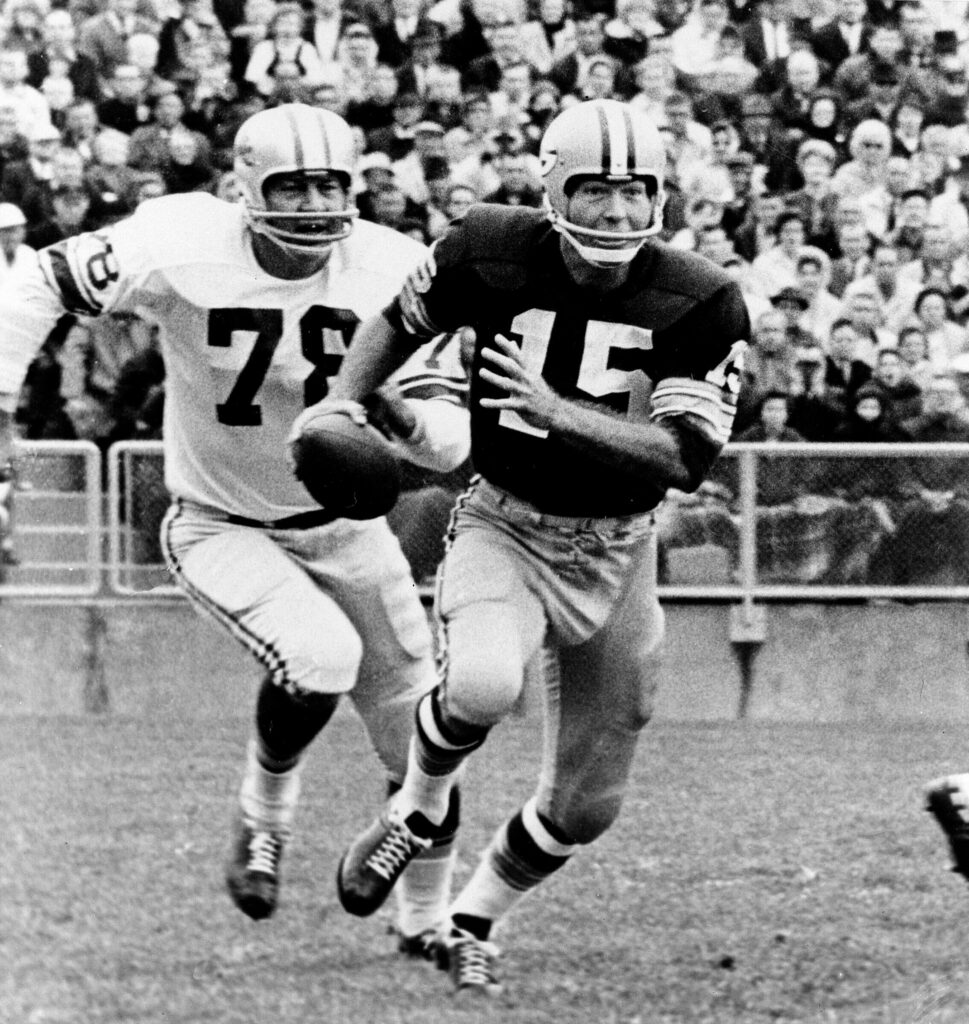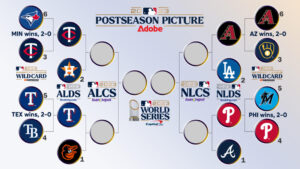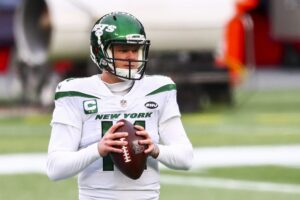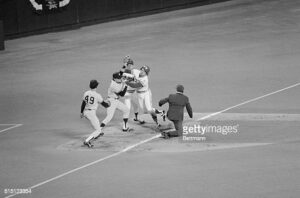Mandel’s Musings: Bart Starr, Packers Quarterback for Five Championships, Dies at 85

Bart Starr QB of the Green Bay Packers, is dead, at 85.
The great Starr won three NFL championships as the quarterback for the dominant NFL team of the 1960s before the Super Bowls began.
by Scott Mandel
Bart Starr, who died on Sunday at 85, ushered in the Super Bowl era, winning two championships for the Green Bay Packers. The most valuable player of Super Bowl I was Bart Starr. And the MVP of Super Bowl II? Starr, once again.
But, it’s easy to forget there were NFL championships before the Super Bowl became part of the national consciousness. And, Bart Starr won three NFL championships, in 1961, 1962, and 1965, before he won the first two Super Bowls.
A 17th round draft choice out of Bear Bryant’s University of Alabama program, Starr was slightly built, didn’t have a passing arm that anyone would mistake for a howitzer, and wasn’t fast afoot. It was no surprise he lasted until the 17th round.
But, all he did was win football games, especially when Vince Lombardi took over Green Bay as the head coach in 1959.
Over the course of their nine seasons, Lombardi and Starr knew only success. A team that had gone 1-10-1 in 1958 (0-6-1 with Starr starting) would never record a losing season under Lombardi. The Packers improved to 7-5 in 1959, played for the N.F.L. championship in 1960, and the first dynasty in NFL history was born, with Bart Starr at the helm.
The two elite quarterbacks in professional football for most of that era were John Unitas, the best forward passer of the 60s, and Starr, who engineered the legendary Lombardi’s offense to perfection.
The difference between them? Unitas had stats, and one important championship in 1956. But, Bart had multiple CHIPS.

Stuck between eras of the N.F.L., Starr won more of the league’s titles than any quarterback not named Tom Brady. The line of demarcation in NFL history tends to be pre-Super Bowl and post-Super Bowl, which began January, 1967.
In the era preceding that first Super Bowl, the game began to evolve into something resembling today’s focus on the passing game. The onset of the forward pass started to push to the side, typical NFL offenses based on the concept of “three yards and a cloud of dust,” which utilized running backs to follow the blocks of the offensive lines to essentially move the first down chains. The forward pass, back in the early 50s, had essentially been used when the running game left offenses in third and long scenarios.
The modern era, which Starr/Lombardi and Baltimore’s Johnny Unitas, coached by Weeb Ewbank, helped usher in, led the N.F.L. on a path to being America’s richest and most popular sport. And while the transition from the league’s wilder early days to its sleek and modern present would quite likely have happened without Starr, he and the Packers helped create the early blueprint for players of the soon-to-be-merged N.F.L. and A.F.L. to follow.




